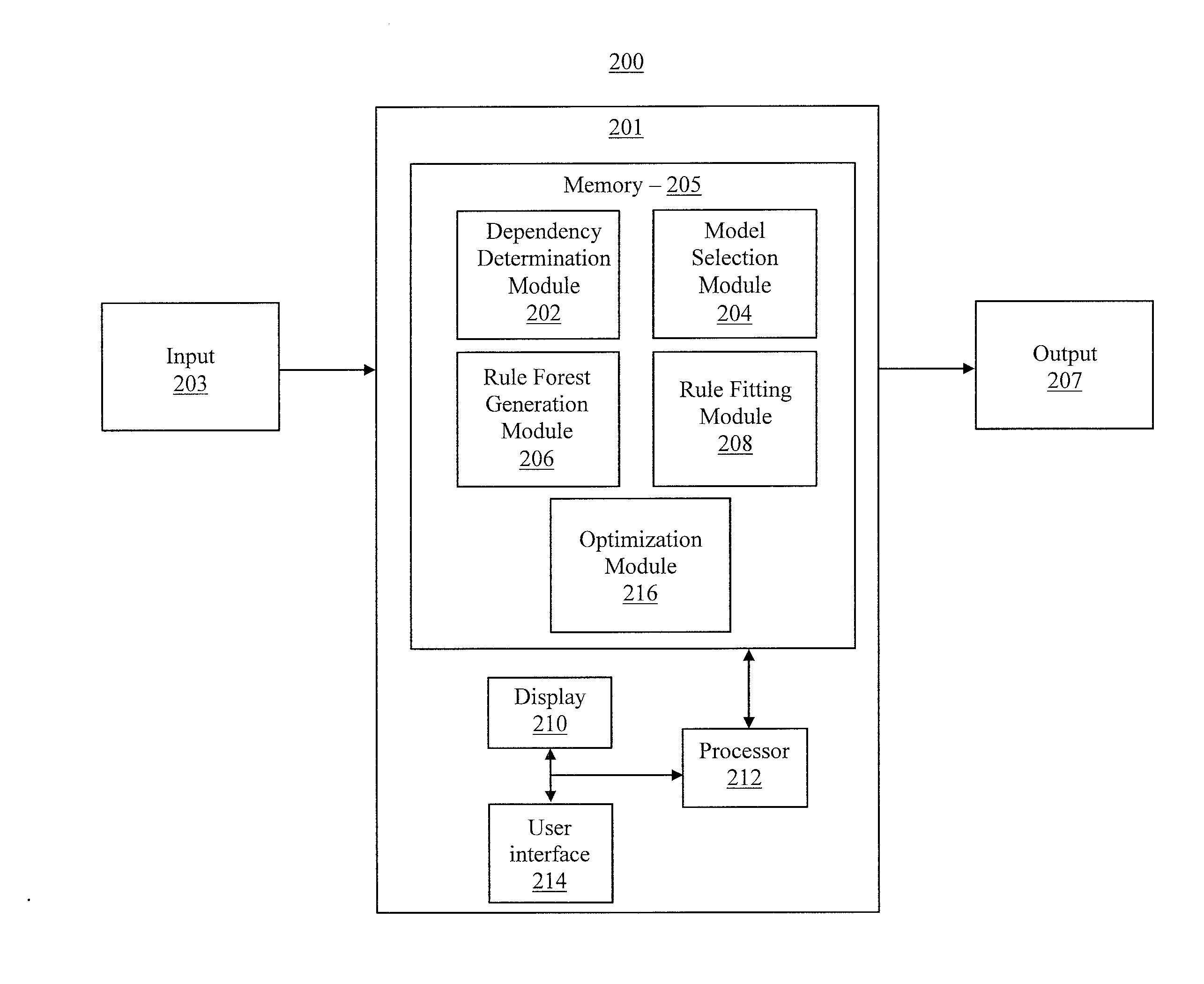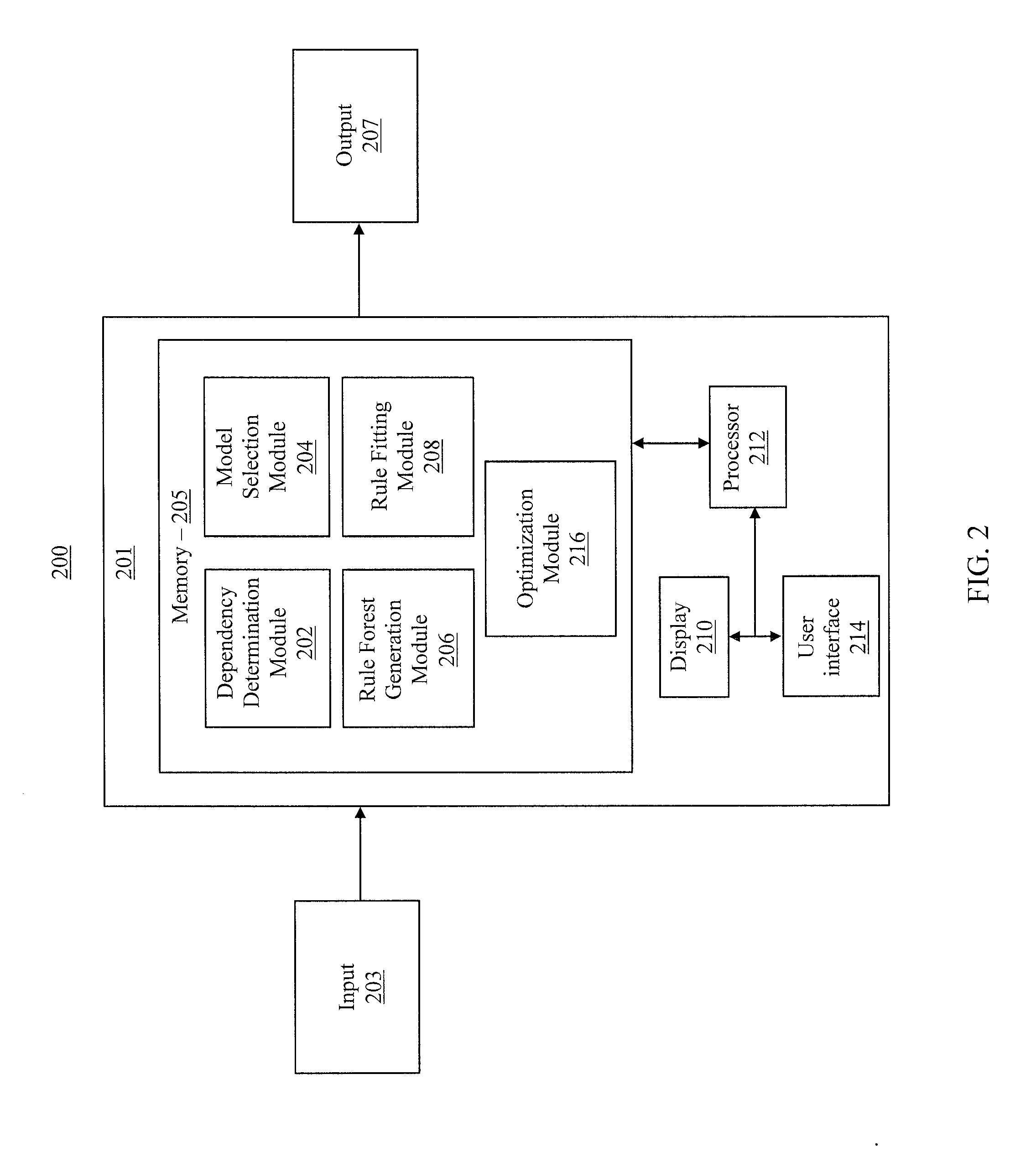Sparse higher-order markov random field
a higher-order, random field technology, applied in the field of interactions between transcription factor binding and separation of high-order boltzmann machines, can solve the problems of prior approaches not revealing higher-order dependencies between variables, difficult model selection in high-dimensional discrete cases, and high computational costs of rf variants
- Summary
- Abstract
- Description
- Claims
- Application Information
AI Technical Summary
Benefits of technology
Problems solved by technology
Method used
Image
Examples
Embodiment Construction
[0016]In accordance with the present principles, systems and methods are provided for a sparse high-order Boltzmann Machine for identifying combinatorial interactions between transcription factors (TFs) which enable a general and flexible toolbox for regularization analysis in relatively high dimensional, discrete multivariate distribution in TF interactions. Studying how the components of complex systems work together in influencing biological outcomes is a central goal in systems biology. A TF is a protein controlling the flow (or transcription) of genetic information from deoxyribonucleic acid (DNA) to messenger ribonucleic acid (mRNA). Transcription factors perform their main function (i.e., regulation) by promoting (as an activator), or blocking (as a repressor) the recruitment of ribonucleic acid (RNA) polymerase, which is an enzyme that performs the transcription of genetic information from DNA to RNA, to specific genes. In other words, TFs may read and interpret the genetic ...
PUM
 Login to View More
Login to View More Abstract
Description
Claims
Application Information
 Login to View More
Login to View More - R&D
- Intellectual Property
- Life Sciences
- Materials
- Tech Scout
- Unparalleled Data Quality
- Higher Quality Content
- 60% Fewer Hallucinations
Browse by: Latest US Patents, China's latest patents, Technical Efficacy Thesaurus, Application Domain, Technology Topic, Popular Technical Reports.
© 2025 PatSnap. All rights reserved.Legal|Privacy policy|Modern Slavery Act Transparency Statement|Sitemap|About US| Contact US: help@patsnap.com



